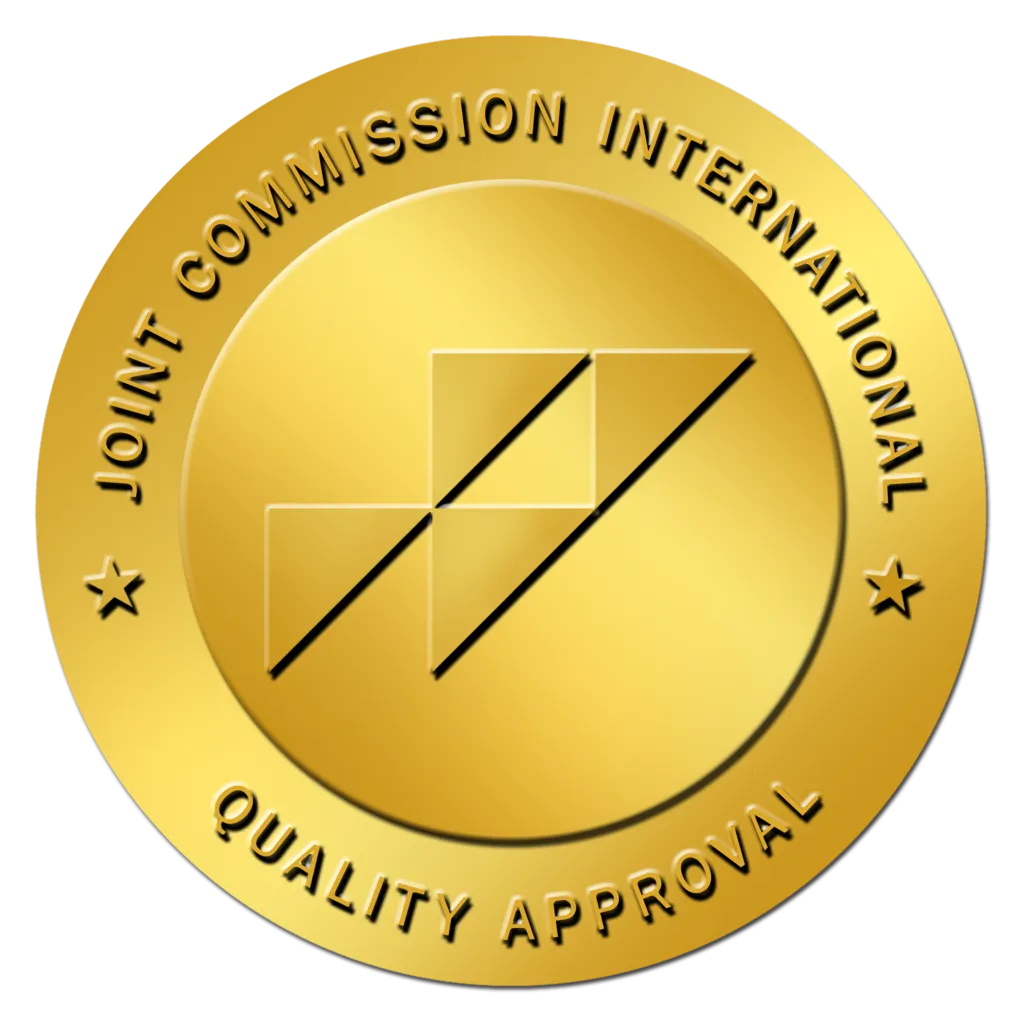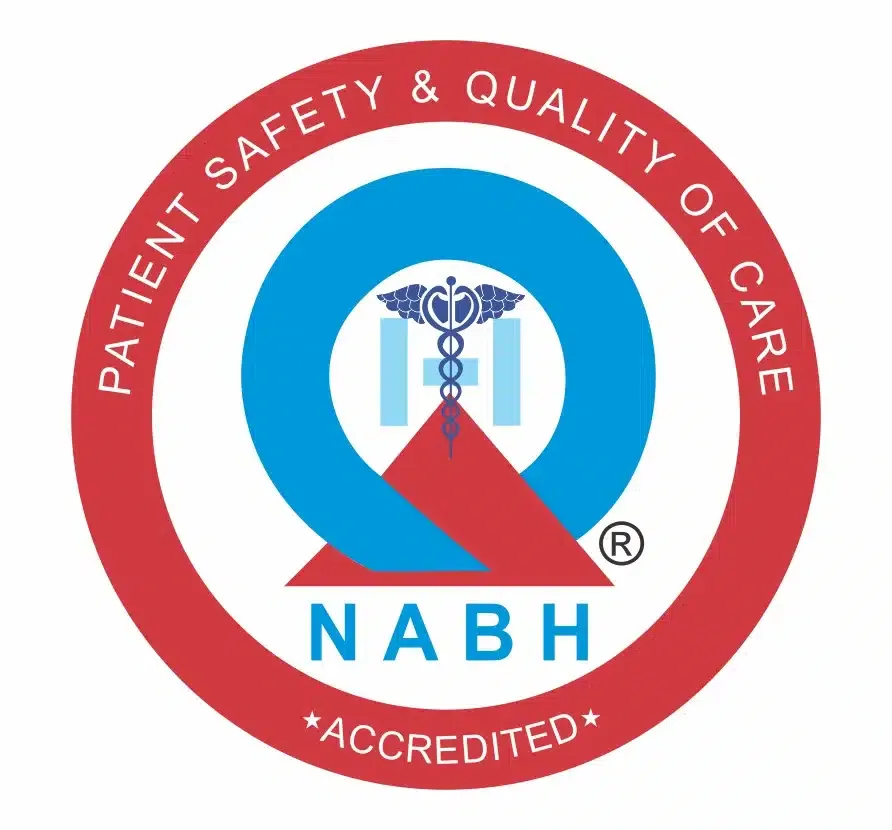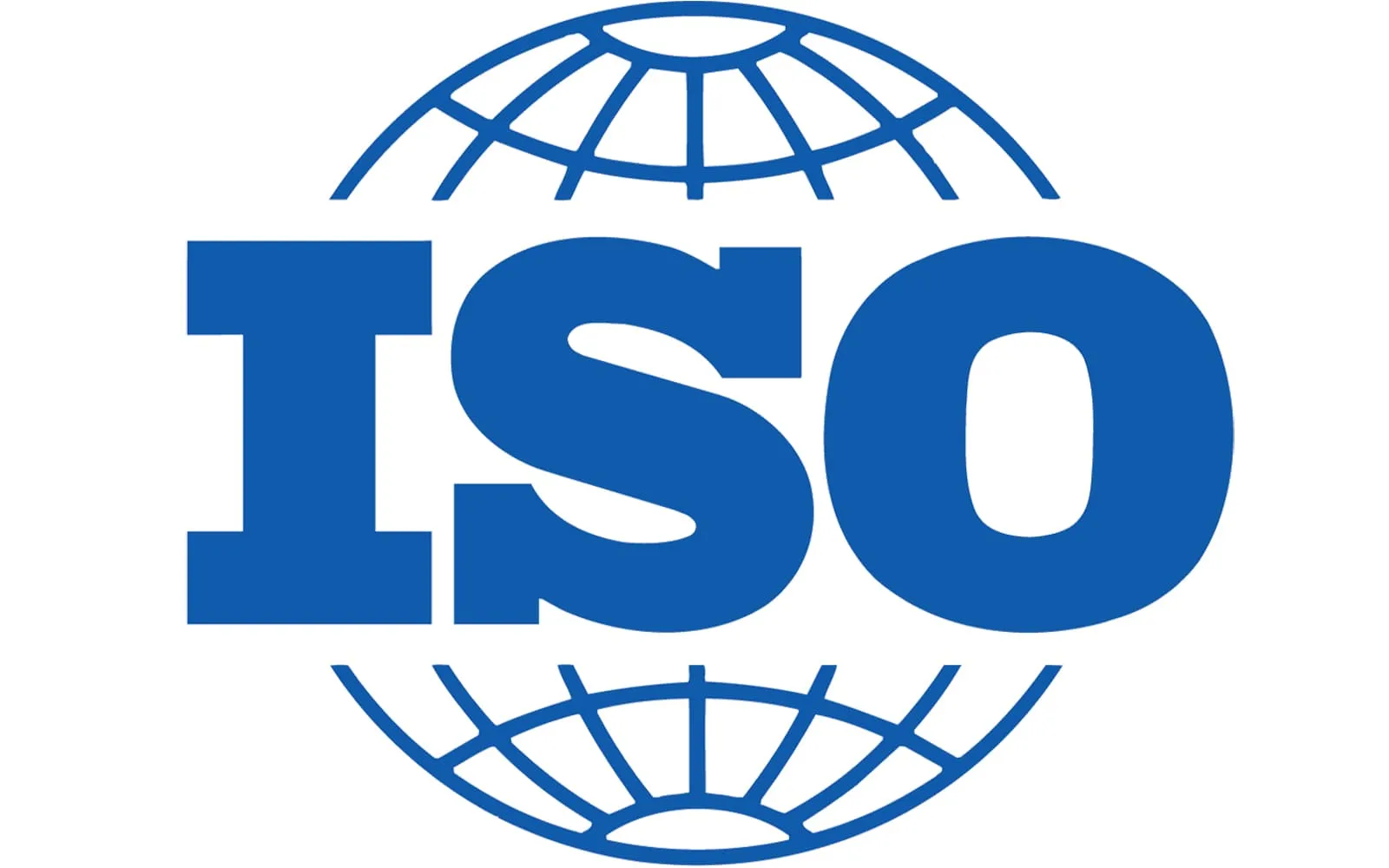
Gastric Sleeve or Sleeve Gastrectomy Surgery Cost in India
About Gastric Sleeve or Sleeve Gastrectomy Surgery
What is Sleeve Gastrectomy?
Sleeve gastrectomy is a surgical procedure that reshapes the stomach to aid weight loss. During the surgery, about 75–80% of the stomach is permanently removed. The remaining part is a narrow, tube-like structure shaped like a sleeve. This smaller stomach bears less food and also reduces hunger signals by eliminating the portion of the stomach that is responsible for producing the hunger hormone, ghrelin.
The surgery is performed using minimally invasive tools, which means smaller incisions, faster healing, and fewer risks. Unlike other bariatric surgeries, sleeve gastrectomy does not reroute the intestines, which makes it simpler in structure but still highly effective for long-term weight control.
Patients who undergo this procedure often see a steady reduction in weight and improvement in health conditions like type 2 DM, high blood pressure, and sleep apnea. The results are best when combined with healthy eating habits and regular physical activity.
Who is a Candidate for Sleeve Gastrectomy?
Sleeve gastrectomy is meant for people who face serious challenges with obesity and have not had success with other weight loss methods. It is not a cosmetic procedure. Instead, it is a medical solution for those at risk of health problems caused by excessive weight.
Doctors usually recommend this surgery for patients who meet the following criteria:
- Body Mass Index (BMI) is 40 or higher: This level of obesity carries a high risk of life-threatening conditions.
- BMI between 35 and 40 with associated illnesses: If the person also suffers from issues like type 2 diabetes, joint problems, heart disease, or sleep apnea, they may qualify.
- Repeated failure of non-surgical weight loss attempts: Patients who have tried and failed to lose weight through diet, exercise, or medications may be eligible.
- Age between 18 and 65: While exceptions are sometimes made, this age range is generally considered safe for surgery.
- Mentally prepared for lifestyle changes: Long-term results depend on dietary discipline and ongoing follow-up care.
Before the procedure is approved, each patient undergoes a detailed evaluation involving physical exams, psychological screening, and tests to assess surgical readiness.
What are the Different Types of Sleeve Gastrectomy?
While sleeve gastrectomy is generally considered a single, well-defined procedure, there are a few variations based on the surgical approach, technology used, and patient condition. These variations can influence recovery time, complication risks, and overall cost.
- Standard Laparoscopic Sleeve Gastrectomy: This is the most commonly performed type. Surgeons use a laparoscope and small surgical instruments inserted through 4 to 5 tiny incisions. The stomach is reshaped into a sleeve using a stapling device. This method is preferred for its low complication rate and short recovery time.
- Single-Incision Laparoscopic Sleeve Gastrectomy (SILS): In this variation, the entire procedure is done through a single small cut, usually at the navel. It offers better cosmetic results and less postoperative pain. However, it requires advanced surgical skill and is not suitable for all patients.
- Robotic Sleeve Gastrectomy: This type uses robotic arms controlled by the surgeon through a console. It provides greater precision, especially in complex or high-risk cases. The robotic system enhances control but adds to the cost of surgery.
- Open Sleeve Gastrectomy: Open surgery is rarely used today, but may be necessary for patients with prior abdominal operations, large hernias, or other complications. It involves a longer incision and longer recovery time compared to minimally invasive techniques.
How is Sleeve Gastrectomy Performed?
The surgeon performs sleeve gastrectomy using a minimally invasive technique called laparoscopy. The method allows the procedure to be done through small incisions, reducing trauma and speeding up recovery.
Here's how the surgery works step by step:
- The patient is given general anesthesia to ensure they remain unconscious and pain-free during the operation.
- The surgeon makes 4 to 5 minor cuts in the abdomen to insert surgical tools and a camera.
- The camera sends live images to a screen, helping the surgeon navigate and operate with precision.
- About 75–80% of the stomach is removed, specifically the curved outer part where the hunger hormone ghrelin is made.
- The remaining stomach is stapled and sealed, forming a tube or sleeve that limits food intake.
- The incisions are closed, and the patient is taken to recovery.
The entire procedure usually takes between 60 to 90 minutes. Since the intestines are not rerouted, the risk of nutrient malabsorption remains low. Most patients begin walking within 24 hours and resume liquids soon after.
How Sleeve Gastrectomy Helps With Weight Loss
Sleeve gastrectomy promotes weight loss by combining two key effects: restriction and hormonal changes.
- First, it physically limits how much a person can eat. The new stomach pouch holds far less food (only about 100 to 150 milliliters), so patients feel full after eating much smaller portions. This immediate change helps reduce calorie intake without the need for strict dieting.
- Second, the procedure reduces hunger by targeting the source of ghrelin, the hormone responsible for stimulating appetite. Since the part of the stomach that produces this hormone is removed, most patients feel less hungry throughout the day. The natural reduction in appetite makes it easier to adopt healthier eating habits.
- Unlike some other surgeries, sleeve gastrectomy does not interfere with digestion or nutrient absorption. Patients still process food in the same way, but they consume fewer calories and experience reduced cravings. Over time, it leads to steady, sustainable weight loss.
Most people lose 60% or more of their extra body weight within the first 12 to 18 months, especially when they follow dietary advice and stay physically active.
Send Query
About Gastric Sleeve or Sleeve Gastrectomy Surgery in India
What is the cost of Sleeve Gastrectomy in India?
The cost of sleeve gastrectomy in India starts at ₹2,65,000 ($3,200) for standard laparoscopic procedures. For patients who need ICU monitoring or extended post-surgical care, the price may rise to ₹4,50,000 ($5,400). Complex obesity cases involving high-risk health conditions may cost up to ₹5,50,000 ($6,600). If robotic-assisted surgery is chosen, which offers better precision and quicker recovery, the cost ranges from ₹5,75,000 to ₹7,00,000 ($6,900 – $8,400).
These prices usually cover hospital charges, surgeon's fees, anesthesia, operating theatre expenses, basic medications, and follow-up consultations, making it a bundled and cost-effective option for international patients.
Type of Procedure | Estimated Cost (INR) | Estimated Cost (USD) |
| Standard Laparoscopic Surgery | ₹2,65,000 – ₹3,50,000 | $3,200 – $4,200 |
| With ICU/Extended Hospital Stay | ₹3,50,000 – ₹4,50,000 | $4,200 – $5,400 |
| Complex Obesity Case | ₹4,50,000 – ₹5,50,000 | $5,400 – $6,600 |
| Robotic Sleeve Gastrectomy | ₹5,75,000 – ₹7,00,000 | $6,900 – $8,400 |
Note: These costs are indicative and may vary by hospital, surgeon, and location in India.
Inclusions (Covered in the Package)
- Surgeon's fee and anesthesia charges
- Operating theatre charges and surgical consumables
- Hospital stay in a standard room (up to 5 days)
- Pre-operative tests (blood work, ECG, X-ray, etc.)
- In-hospital medications during the recovery period
- Nursing care and medical monitoring
- Diet consultation and nutrition planning during stay
- 1–2 follow-up consultations after discharge
Exclusions (Not Covered in the Package)
- ICU stay, if required beyond the standard package
- Hospital stay extended beyond the included number of days
- Personal expenses such as food for attendants or laundry
- Medications needed after discharge
- Non-related diagnostic tests or treatments
- International or domestic travel costs
- Hotel or accommodation charges post-discharge
- Interpreter services, if not arranged by the hospital
Breakdown of Sleeve Gastrectomy Cost in India
Sleeve gastrectomy involves multiple medical services bundled into one package. To understand how the total cost is calculated, it's helpful to look at what each component typically costs when billed separately. It helps international patients compare options and plan their budget with clarity.
Cost Component | Estimated Price (USD) |
| Pre-surgery Tests | $200 – $300 |
| Surgeon’s Fee | $800 – $1,500 |
| Anesthesia Charges | $300 – $600 |
| Operation Theatre Charges | $600 – $1,000 |
| Hospital Stay (3–5 days) | $800 – $1,200 |
| Medications & Consumables | $200 – $400 |
| Post-op Diet Consultation | $100 – $200 |
| Follow-up Consultation | Included or up to $100 |
The actual surgery amount may vary slightly depending on the hospital, city, and any additional services the patient opts for.
What are the Factors Affecting Sleeve Gastrectomy Cost in India?
The cost of sleeve gastrectomy in India depends on several important factors. Understanding these helps patients plan their budget more accurately and avoid unexpected charges.
- Type of Hospital: Costs vary between government, private, and corporate hospitals. Premium hospitals with international accreditations (like JCI or NABH) tend to charge more due to their advanced facilities and higher staff-to-patient ratios.
- Experience of the Surgeon: Highly experienced bariatric surgeons may charge a higher fee. However, their expertise often reduces the risk of complications and improves surgical outcomes.
- Technique Used: Standard laparoscopic surgery is less expensive than robotic-assisted procedures. Robotic surgery offers more precision but involves higher equipment and operation theatre costs.
- Patient's Medical Condition: If the patient has uncontrolled diabetes, heart problems, or other health issues, the hospital may require extra monitoring, tests, or ICU support.
- Length of Hospital Stay: While most patients stay for 3–5 days, any extra stay due to complications or slow recovery increases the total bill, especially if ICU care is required.
- Room Category Chosen: Private suites, deluxe rooms, and general wards all come with different price tags. The choice of room directly impacts the total cost of the package.
- Post-Surgical Needs: Some patients require extended nutritional support, additional diagnostic tests, or longer follow-up care. These services may not be included in the base package.
- Location of Hospital: Hospitals in metro cities like Delhi, Mumbai, and Bangalore generally charge more than those in smaller towns due to high operating costs.
Cost Comparison: Sleeve Gastrectomy in India vs Other Countries
India offers one of the most affordable options for sleeve gastrectomy worldwide. While the quality of care remains high, the cost is significantly lower than in countries like the United States, the UK, or the UAE. International patients can save up to 70% without compromising on safety, technology, or surgical expertise.
In Western countries, the price often includes only the surgery itself, excluding hospital stay, follow-ups, or additional support. In contrast, Indian hospitals usually provide full-package pricing that covers every essential aspect of care, from admission to discharge.
Country | Average Treatment Cost (USD) | Package Inclusions |
| India | $3,200 – $6,600 | Surgery, tests, hospital stay, medications, consultation |
| United States | $18,000 – $30,000+ | Surgery only; extra charges for hospital stay and aftercare |
| United Kingdom | $15,000 – $25,000 | Limited to private care; long wait times in public hospitals |
| Canada | $16,000 – $28,000 | Public insurance covers citizens only; costly for foreigners |
| UAE | $12,000 – $22,000 | Higher due to premium hospital pricing and consultant fees |
| Thailand | $6,500 – $10,000 | Popular option, but more expensive than India |
| Singapore | $8,000 – $14,000 | Known for excellence, but pricing remains on the higher side |
Why International Patients Choose India for Sleeve Gastrectomy
India has become a trusted destination for people seeking affordable and safe bariatric surgery. Patients from the Middle East, Africa, Southeast Asia, and Europe often travel to India for sleeve gastrectomy because of several clear advantages.
- Affordable Surgery Packages: Hospitals in India offer complete surgery packages that include tests, hospital stay, consultation, and follow-up care. These packages cost far less than in the US, UK, or UAE without compromising on quality.
- Experienced Bariatric Surgeons: Indian surgeons routinely perform hundreds of sleeve gastrectomy procedures each year. Many are trained internationally and follow global safety guidelines. Their high surgical volumes contribute to better outcomes and lower complication rates.
- Modern Medical Facilities: Top Indian hospitals use the latest technology, including high-definition laparoscopy systems and robotic surgery tools. Operation theatres are equipped with global-grade sterilization and infection control systems.
- Minimal Wait Time: Unlike Western countries, where patients wait months for surgery approval, Indian hospitals schedule the procedure within days of the patient's arrival. It is crucial for those who need fast medical intervention.
- Comprehensive Medical Tourism Support: India's hospitals offer complete assistance with visa invitations, travel coordination, airport pickups, language interpreters, and private accommodation. These services ease the process for patients and their families.
What are the Services Available for International Patients in India?
India's top hospitals and medical tourism facilitators offer full-scale support to patients traveling from abroad for sleeve gastrectomy. These services make the process smooth, safe, and stress-free.
- Personalized Treatment Planning: Hospitals assign dedicated care coordinators to assist with medical history reviews, pre-arrival planning, and appointment scheduling. Patients often receive a detailed treatment plan and cost estimate before travel.
- Visa and Travel Assistance: Support teams help patients obtain medical visas by providing invitation letters and embassy documentation. Once approved, travel arrangements are coordinated to ensure timely arrival.
- Airport Pickup and Local Transport: Drivers pick up patients and their families directly from the airport. Private transport is arranged between hotels and hospitals throughout the stay.
- Language Support: Multilingual interpreters assist patients in communicating with doctors and nurses. It ensures comfort, understanding, and clarity during every step of treatment.
- Accommodation Arrangements: Patients and their companions are offered hotel or guesthouse options near the hospital. Facilities range from budget to premium depending on preference and length of stay.
- Post-Surgery Monitoring: Even after discharge, hospitals provide virtual follow-up care, dietary guidance, and access to the surgical team for concerns or questions.
What is the Success Rate of Sleeve Gastrectomy in India?
Sleeve gastrectomy in India has shown excellent long-term results for patients seeking lasting weight loss and improved health. When performed by skilled bariatric surgeons in accredited hospitals, the procedure delivers safe and predictable outcomes.
- Weight Loss Outcomes: Most patients lose about 60% to 70% of their excess weight within the first 12 to 18 months. Weight reduction begins within the first few weeks and continues steadily with proper diet and follow-up care. Unlike crash diets or temporary fixes, sleeve gastrectomy helps maintain long-term results.
- Health Improvement: Patients with obesity-related illnesses like type 2 diabetes, sleep apnea, fatty liver, and high blood pressure often see rapid improvement or complete resolution within 6 to 12 months. For example, diabetes control improves in over 75% of cases, sometimes eliminating the need for insulin or medication.
- Low Risk of Complications: India's top bariatric centers report a surgical success rate of over 95%, with very low complication rates when proper pre-surgical screening is done. Minimally invasive methods reduce infection risks, minimize pain, and promote faster healing.
- Sustained Results: With guidance from nutrition experts and continued monitoring, over 80% of patients maintain their weight loss five years after surgery. Regular follow-ups, lifestyle changes, and patient education all contribute to long-term success.
Post-Surgery Care and Diet Progression
After sleeve gastrectomy, recovery begins right in the hospital. Most patients stay for three to five days. During this time, doctors monitor vital signs, check for complications, and help the patient start walking to reduce the risk of blood clots.
On the first day, patients begin with sips of water or ice chips. If no issues arise, they move to clear liquids within 24 to 48 hours. Over the next few weeks, the diet progresses through several stages:
- Week 1–2: Clear Liquids: Only water, clear broths, sugar-free gelatin, and diluted juices are allowed. It keeps the new stomach pouch clean and prevents strain on the healing tissue.
- Week 3–4: Full Liquids: Smooth soups, protein shakes, and milk-based drinks are added. These provide necessary nutrients while keeping consistency gentle on the stomach.
- Week 5–6: Pureed Foods: Patients begin eating blended or mashed foods. Portion control becomes essential at this stage.
- Week 7–8: Soft Foods: Tender proteins like boiled eggs, fish, and soft fruits and vegetables are introduced slowly.
- Week 9 Onward: Regular Solid Foods: Patients resume normal eating habits but must chew food thoroughly and eat slowly to avoid discomfort.
Doctors advise eating small meals 4 to 6 times a day and avoiding carbonated drinks, sugar, and fried items. Vitamin and mineral supplements are prescribed for lifelong use to prevent deficiencies.
Regular follow-up visits with the surgical and nutrition team ensure proper healing, nutritional balance, and steady weight loss.
Recovery Timeline After Sleeve Gastrectomy
Recovery after sleeve gastrectomy happens in stages and usually progresses smoothly when patients follow medical advice. While healing time varies slightly by individual, most patients return to basic activities within weeks and experience significant health improvements within months.
- Hospital Stay (Days 1–5): Patients remain under close monitoring for up to five days. They begin walking within 24 hours to improve circulation and reduce the risk of clots. Pain is managed with medication, and vital signs are tracked carefully.
- First 2 Weeks After Discharge: During this time, patients stick to a clear liquid diet and avoid physical exertion. Energy levels may be low, and rest is essential. Doctors often schedule a follow-up visit within 7–10 days to review healing progress.
- Weeks 3 to 6: Patients gradually transition to pureed and soft foods. Light activities like walking are encouraged, but lifting and intense exercise are restricted. Stomach swelling decreases, and patients typically start to lose weight noticeably.
- 6 to 12 Weeks: Most patients return to work and resume daily tasks. They begin eating soft solids and feel more energetic. By this stage, dietary habits start to stabilize, and weight loss continues steadily.
- 3 to 6 Months: Patients experience consistent fat loss and may see improvement or reversal of conditions like diabetes or high blood pressure. Exercise becomes part of routine, and energy levels return to normal.
- 1 Year and Beyond: By the end of the first year, most patients have lost 60–70% of their excess weight. Ongoing support from dietitians and medical staff helps maintain results and build long-term habits.
Gastric Sleeve or Sleeve Gastrectomy Surgery Cost Comparison by Country
Compare Gastric Sleeve or Sleeve Gastrectomy Surgery costs across different countries to make an informed decision about your medical treatment.
| Country | Cost Range (USD) | Potential Savings | Action |
|---|---|---|---|
INIndiaCurrentBest Value | $3,200 - $8,400 | — | Get Quote |
Note: Costs may vary based on hospital choice, room type, additional services, and individual medical requirements. Contact us for a personalized quote.
Leading Hospitals for Gastric Sleeve or Sleeve Gastrectomy Surgery in India

SP Medifort Hospital
SP Medifort, Thiruvananthapuram, is a JCI-accredited, 475-bed multi-super-specialty hospital spread across 500,000 sq. ft. The hospital houses 10 modu...
Accreditations


Facilities

CARE Hospitals, Banjara Hills, Hyderabad
CARE Hospitals, Banjara Hills, Hyderabad, is a 435-bed NABH and NABL-accredited multispecialty hospital with 120 critical care beds. Established in 20...
Accreditations

Facilities

AIG Hospitals, Gachibowli, Hyderabad
AIG Hospitals, Gachibowli, Hyderabad, is a 1,000-bed, JCI- and NABH-accredited super-specialty hospital spanning 1.7 million sq. ft. It is the flagshi...
Accreditations


Facilities

Gleneagles Global Health City, Chennai
Gleneagles Global Health City, Chennai, is a 200-bed quaternary-care hospital and part of the IHH Healthcare network, one of the world’s largest priva...
Accreditations

Facilities

MGM Healthcare, Chennai
MGM Healthcare, Chennai, is a 400-bed quaternary-care super-specialty hospital accredited by JCI, NABH, and NABL. The hospital features 100 ICU beds,...
Accreditations


Facilities

MIOT International, Chennai
MIOT International, Chennai, is a 1,000-bed NABH- and NABL-accredited multispecialty hospital serving patients from more than 130 countries. Establish...
Accreditations

Facilities

Apollo Hospitals, Greams Road, Chennai
Apollo Hospitals, Greams Road, Chennai, is the flagship hospital of the Apollo Group. Established in 1983, it has 560 beds, 46 ICUs, and 15 operating...
Accreditations



Facilities

HCG Cancer Centre, Mumbai
HCG Cancer Centre, Borivali, Mumbai, is an NABH- and AACI-accredited comprehensive cancer hospital established in 2019. The 119-bedded facility includ...
Accreditations


Facilities

Apollo Hospitals, Navi Mumbai
Apollo Hospitals, Navi Mumbai, established in 2016, is a 500-bed JCI- and NABH-accredited quaternary care hospital offering advanced treatment across...
Accreditations


Facilities

Marengo Asia Hospitals, Faridabad
Marengo Asia Hospital, formerly QRG Health City, is a 325-bed NABH and NABL-accredited multispecialty hospital in Faridabad. It offers advanced care i...
Accreditations

Facilities
FAQ
Browse by Department
Explore procedures in different departments
Related Procedures
Other procedures in this department
Get a Free Treatment Plan
Our website uses cookies. By clicking on accept you give your consent to the use of cookies as per our Privacy Policy.
